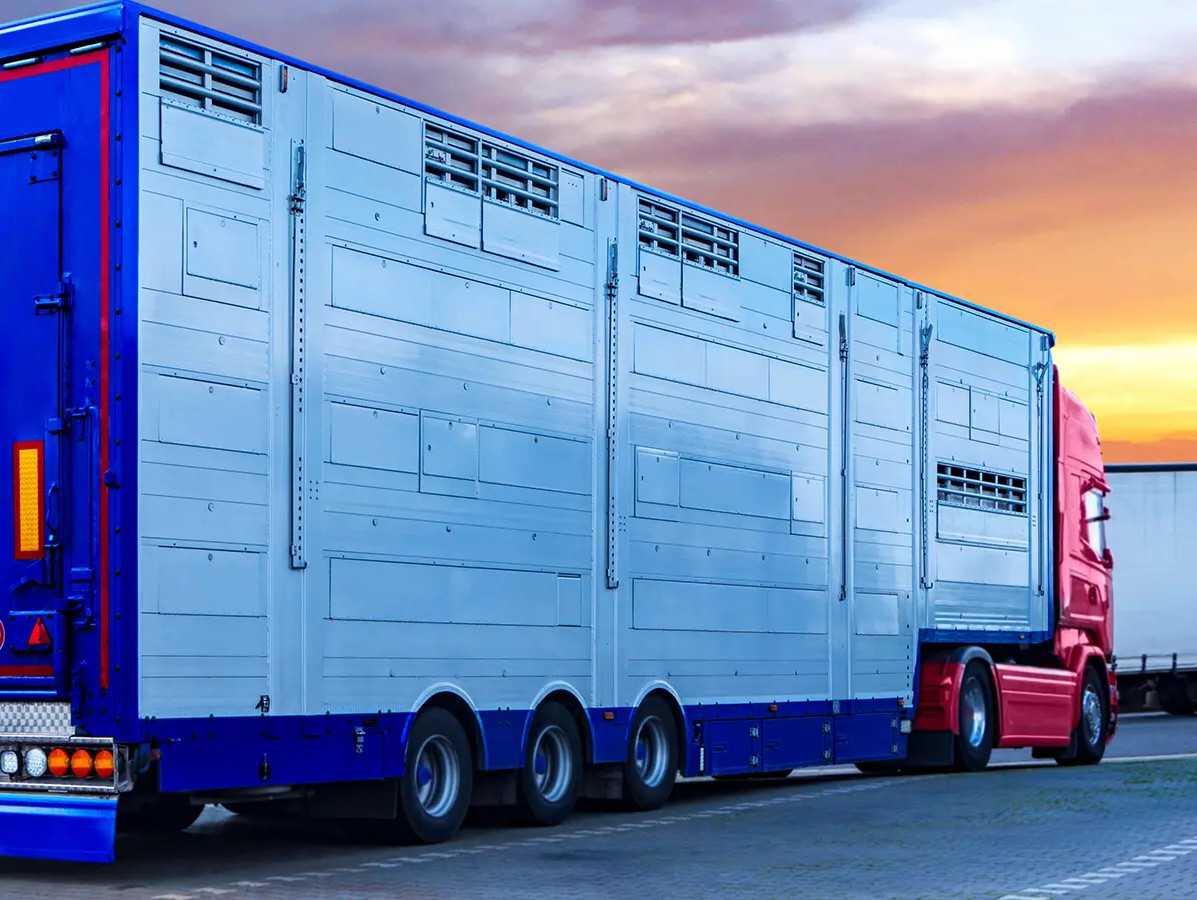
The Netherlands Food and Consumer Product Safety Authority (NVWA) has issued a warning regarding the risks posed by the current outbreaks of avian influenza and African Swine Fever (ASF) across Europe. As wild bird migration picks up in the autumn, infection rates are rapidly increasing, adding extra risks for the Dutch poultry and swine sectors. The NVWA emphasizes the importance of stringent hygiene practices during animal transport, urging transporters to rigorously adhere to cleaning and disinfection (C&D) protocols.
The NVWA strongly advises transporters of poultry, hatching eggs, and cloven-hoofed animals to intensify existing hygiene practices. Thorough cleaning and disinfection of both transport vehicles and crates are essential to minimize the spread of diseases through animal transport. The C&D protocol includes the following steps:
A final yet crucial step in the C&D protocol is the drying of transport vehicles and crates. This can be done actively, using specialized drying equipment, or passively, by allowing them to air dry. Proper drying enhances the disinfectant’s effectiveness, which benefits the health and safety of transported animals. Using tap water for the cleaning and disinfection process is recommended to ensure water quality, contributing to reliable hygiene during transport.
Source: NVWA